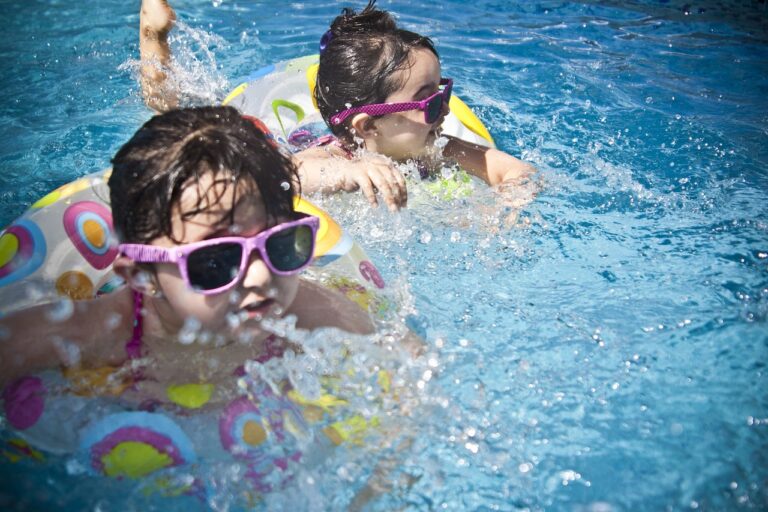LESSON 1.36
Trees and Compound Sentences
Review
Embedded sentences have more than one sentence – if you repeat words. For example:
Jacki will ask her sister for a loan.
Embedded Sentence 1: Jacki will ask her sister.
Embedded Sentence 2: Jacki will ask for a loan.
Compound Sentences
Compound sentences consist of two or more sentences within the same sentence. There is no repeating of words. For example:
Compound Sentence: Brecha has gone for coffee, and we’re stuck in the office.
Sentence 1: Brecha has gone for coffee.
Conjunction: and
Sentence 2: we’re stuck in the office.

Two Types of Compound Sentences
You can create a compound sentence by joining two sentences with a FANBOYS conjunction, or you can create one by joining two sentences with a lesser conjunction:
Compound Sentence with a FANBOYS Conjunction:
She will swim to shore, and we will stay on the island.
Sentence 1: She will swim to shore.
Sentence 2: we will stay on the island.
You can swim to shore, or you can stay on the island.
Sentence 1: You can swim to shore.
Sentence 2: you can stay on the island.
Compound Sentence with a Lesser Conjunction:
We will swim to shore even though alligators are nearby.
Sentence 1: We will swim to shore.
Sentence 2: alligators are nearby.
We won’t stay on the island because it’s haunted.
Sentence 1: We won’t stay on the island
Sentence 2: it’s haunted.

Trees and Compound Sentences
To create a syntax tree for a compound sentence, draw two trees and connect them with a conjunction. For example:
Jill will farm after graduation, and Bill will spend the summer in France.
Sentence 1: Jill will farm after graduation.
Conjunction: and
Sentence 2: Bill will spend the summer in France.
Now add the conjunction below the S of the first sentence.
Finally, connect the second sentence after the conjunction. To do that, set the mouse in the box and right-click, then click on below.
Sentence 1: Jill will farm after graduation,
Conjunction: whereas
Sentence 2: Bill will spend the summer in France.
The tree will be identical to the previous tree except that whereas replaces and.
Equal or Dependent?
Let’s say you have a compound sentence made up of two sentences.
Are the sentences equal, like two kings with equally matched armies? Or does one sentence depend on the other to be understood?
Equal
Jack went up the hill to get water, and Jill went to the movies.
Jill went to the party, but Jack stayed home.
Penguins are in the southern part of the world, and polar bears live in the northern part.
Dependent
Jack went up the hill to get water while Jill went to the movies.
Without the sentence Jill went to the movies, we would not know why Jack went up the hill to fetch water.
Jill went to the party although Jack stayed home.
If we look at although Jack stayed home, we would have no idea what it means. We need the main sentence to help make things clear.

Where Sentences Meet on a Tree
Dependent sentences usually connect to the main sentence at the verb. For example, in the following, the secondary sentence joins the tree at swims.
We will swim to shore even though alligators are near the dock.
Sentence 1: We will swim to shore
Conjunction: even though
Sentence 2: alligators are near the dock.
Jackson will sail on Monday if his orders arrive on time.
if his orders arrive joins the first sentence at sail. In other words: Jackson will sail if his orders arrive on time.
Put the rest of the first sentence below the verb.
Decide where the second sentence’s conjunction fits.
Add S for “sentence.”
Put the first verb (in this case, the only verb) on the upper right and follow the pattern for a sentence:
Individual or Small Group Activity
- Identify the secondary sentence.
- Fill in after the information.
- Determine where the secondary sentence attaches to the main sentence.
- Create and label a tree after your teacher checks your work.
- Color the trees.
S = red
N = brown
V = light green
D = blue
PR = pink
P = purple
C = yellow
- Jill will farm after graduation even though Jack will spend the summer in France.
Sentence 1:
Conjunction:
Sentence 2:
Sentences meet at the word—
2. Omari will leave for Nigeria after he finishes school.
Sentence 1:
Conjunction:
Sentence 2:
Sentences meet at the word—
3. Plaka will continue setting up the speakers unless we say stop.
Sentence 1:
Conjunction:
Sentence 2:
Sentences meet at the word—
Individual or Small Group Activity
Complete the exercise: Bulgaria